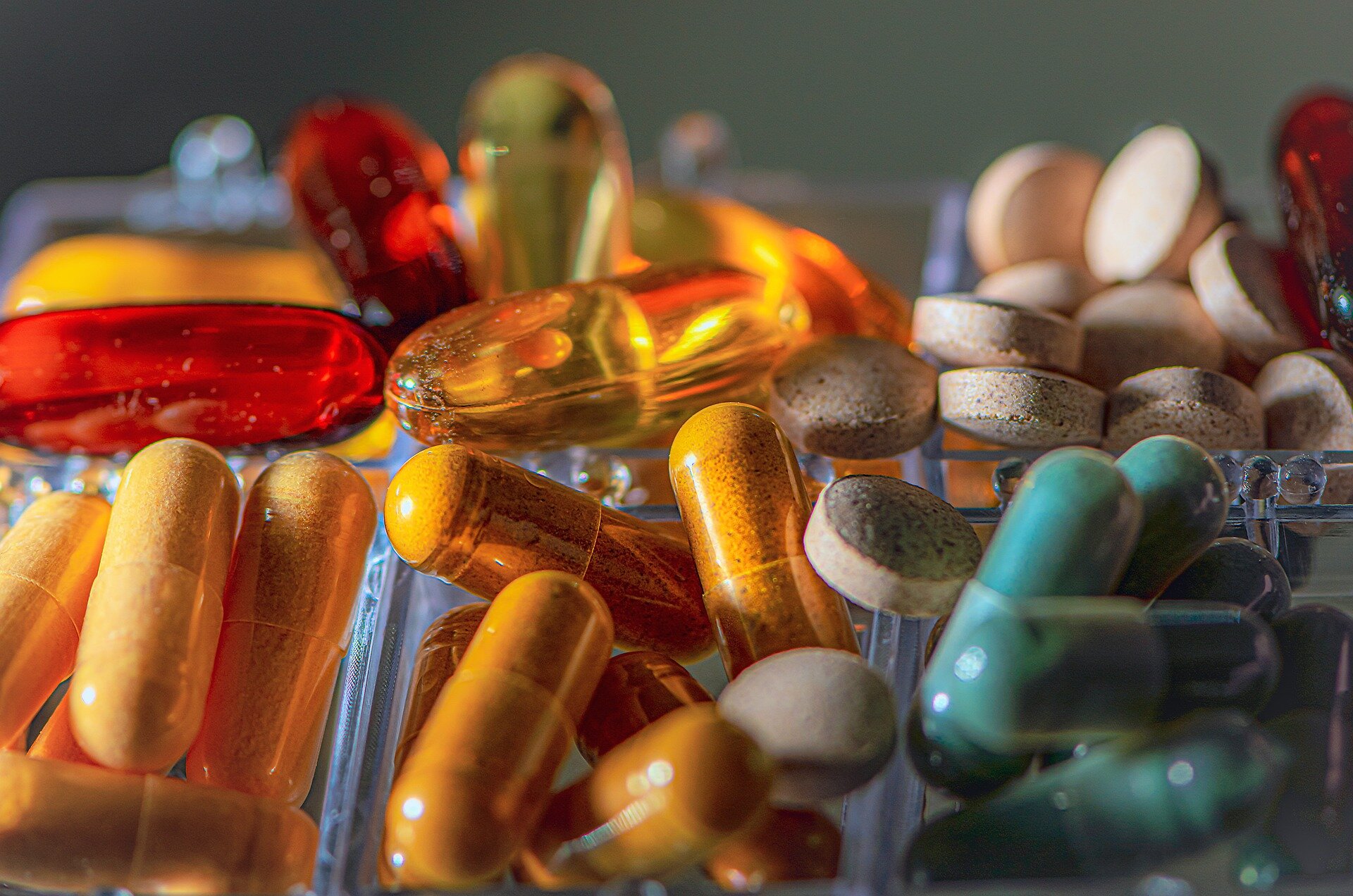x to close
Credit: Pixabay Public Domain/CC0
Although people often refer to vitamin supplements, it is more accurate to call them dietary supplements. This is because most of these supplements contain minerals such as iron and calcium in addition to vitamins, even if they are labeled as multivitamins.
Different methods are used to make nutritional supplements. These include isolation from plants and animals, production by microorganisms, and synthesis in the test tube. In most cases they are extracted, isolated and purified. When shopping for nutritional supplements, it’s a good idea to look for some sort of third-party testing and certification, such as USP testing.
The bioavailability of a nutrient, that is, how well it is absorbed into your body, depends on many factors. In some cases, bioavailability is related to the form found in a particular food or other nutrient that is consumed at the same time.
For example, absorption of iron from animal foods is better than from plant foods due to the difference in chemical form. Its bioavailability is increased if a good source of vitamin C is eaten at the same time. Similarly for calcium, its absorption is better from dairy than from plant foods, but the extent of its absorption is highly dependent on the presence of vitamin D.
In some cases, the way food is prepared can alter the bioavailability of nutrients. A greater proportion of the carotenoids that we convert to vitamin A are available when foods like carrots and tomatoes are cooked rather than eaten raw. On the other hand, overcooking vegetables can destroy the vitamin C content due to heat, and exposing milk to light can destroy riboflavin, thus making milk opaque.
In most cases, we absorb as much of a nutrient as we need from food. However, in some cases, the synthetic form of a nutrient is more abundant than the naturally occurring form, such as folic acid added to bread and rice products versus folate, which occurs naturally in foods such as dark green leafy vegetables and beans. .
But for most people, it’s better to get your nutrients from the foods and drinks that make up your diet rather than from supplements, for a number of reasons.
Eating a healthy food-based diet ensures that you meet all of your essential vitamin and mineral needs, avoiding too much of a single nutrient, many of the compounds we refer to as phytochemicals (which They might be useful to us, but they still did) increases. fully evaluated), is associated with a lower risk of chronic diseases such as heart disease and type 2 diabetes, and is enjoyable.
There are many ways to formulate a healthy eating pattern that is compatible with personal preferences as well as cultural and ethnic contexts. Main components include whole grains, vegetables and fruits, legumes (beans), fish, low- and fat-free dairy products, and lean meats if desired, while keeping added sugar, salt, and refined grains low. you have.
#vitamin #supplements #vitamins #food
Image Source : medicalxpress.com

